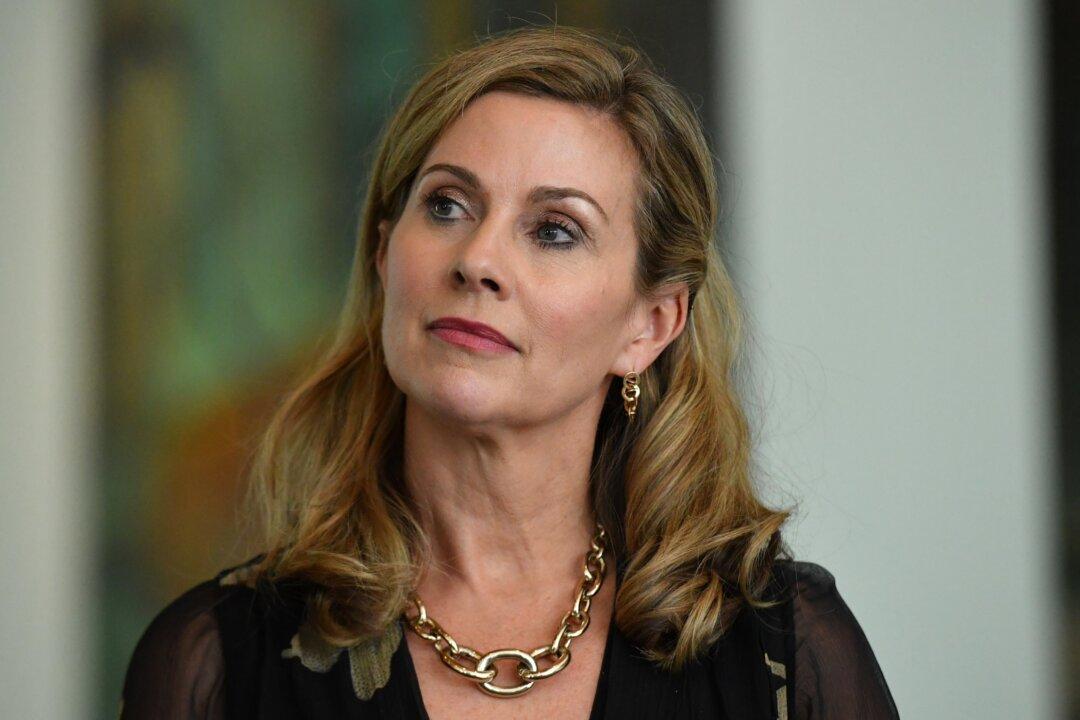Annual wage growth increased by almost a full percent during beginning of the year as the Australian job market remains tight.
The Australian Bureau of Statistics (ABS) seasonally adjusted wage price index rose 0.8 percent in the March quarter and 3.7 percent over the year. This is an increase from the 3.4 percent annual wage growth in the December quarter.





